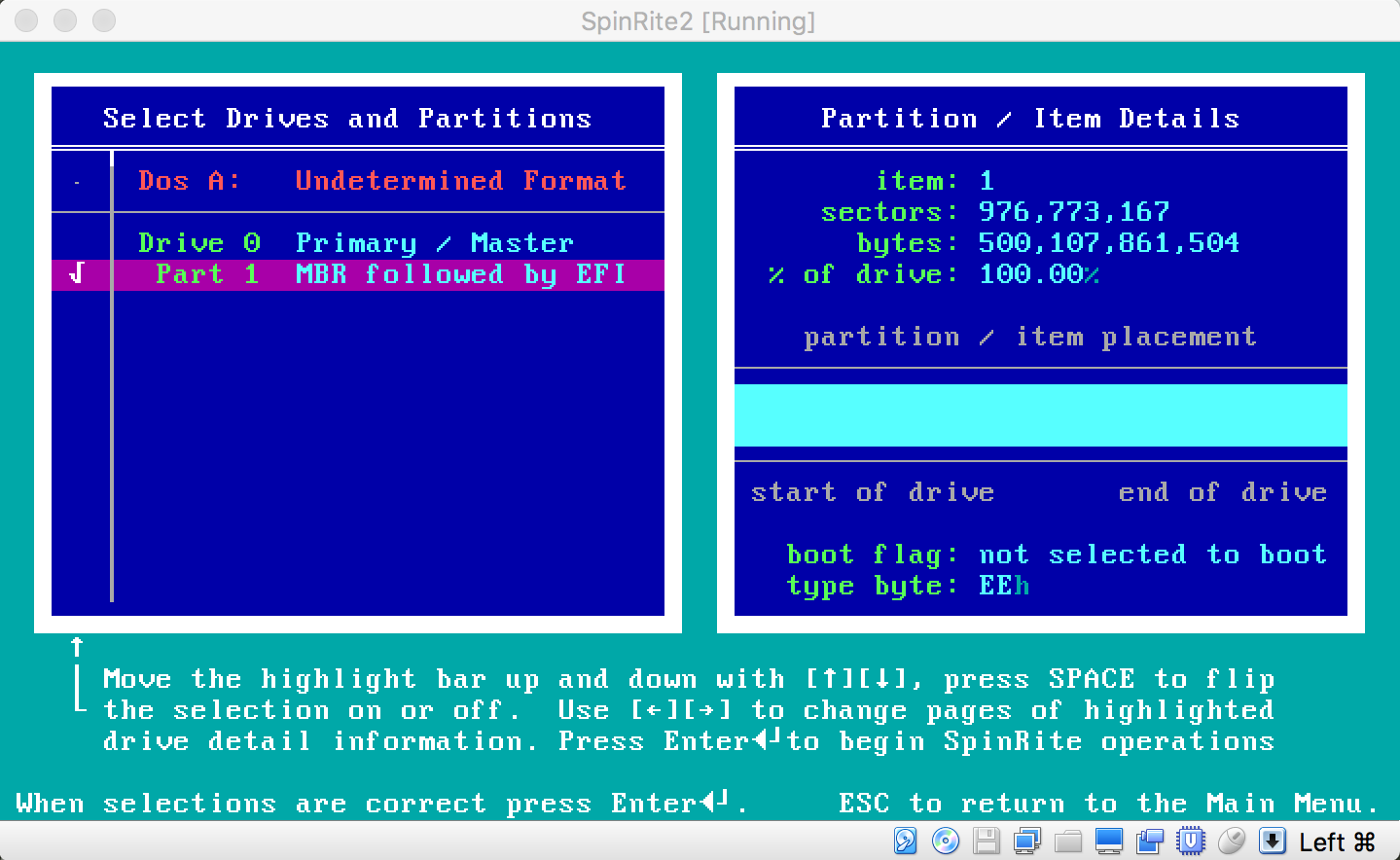

What SpinRite-and only SpinRite-does is magnetically repaint the addresses on the hard disk without disturbing the data residing at that location. The same thing happens to those magnetic addresses as happens to the ones painted on curbs-they fade over time until the computer can no longer read them and the hard disk fails. Hard disks typically have about 300 or 600 concentric rings of data, called “tracks” or “cylinders.” The tracks are usually subdivided into 17 sectors, each with its own address number recorded magnetically on the disk at its location, much the way many neighborhoods have house addresses painted on the curbs. Data stored on a tape can be accessed only when the tape moves past the head. The advantage that a disk has over a tape cassette is that a recording head can reach any spot on the rapidly spinning disk within milliseconds. They also store much less data and work at a slower speed. A floppy disk drive works essentially the same way, except that the disks are made of plastic and are routinely inserted and taken out of the computer.


(If Gibson’s name seems familiar, you may be a reader of his Tech Talk column in InfoWorld, which is just one of the many computer-related ventures this self-taught techie pursues.) To understand what SpinRite does and why it took Gibson a year to write it, I’ll have to get a little technical.Ī hard disk, which is hidden inside the computer enclosed in a sealed metal case, is an assembly of one or more round metal disks onto which programs and data are recorded by magnetic heads, somewhat like a tape recorder does with a tape cassette.


 0 kommentar(er)
0 kommentar(er)
